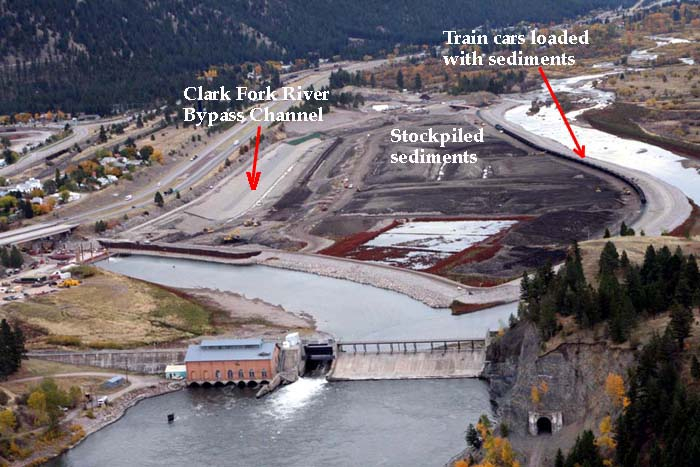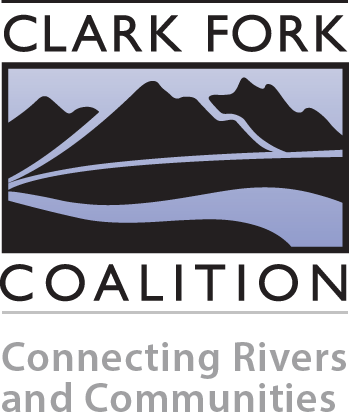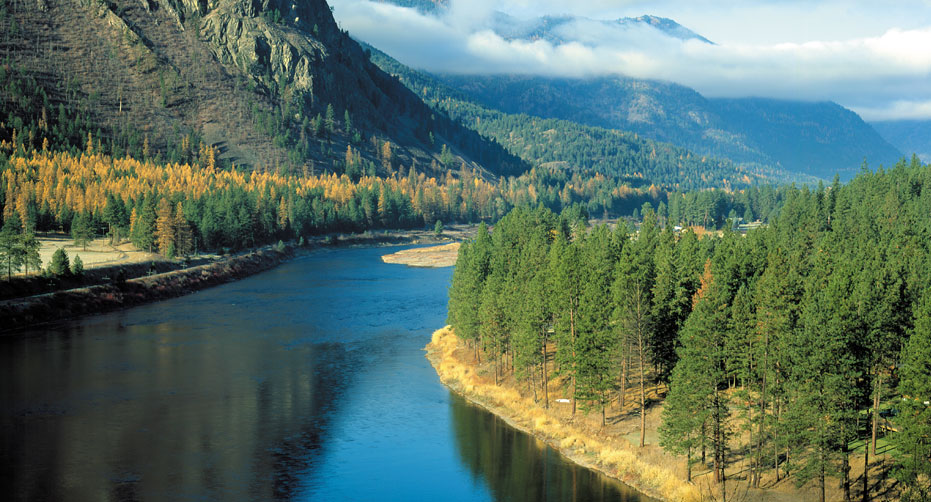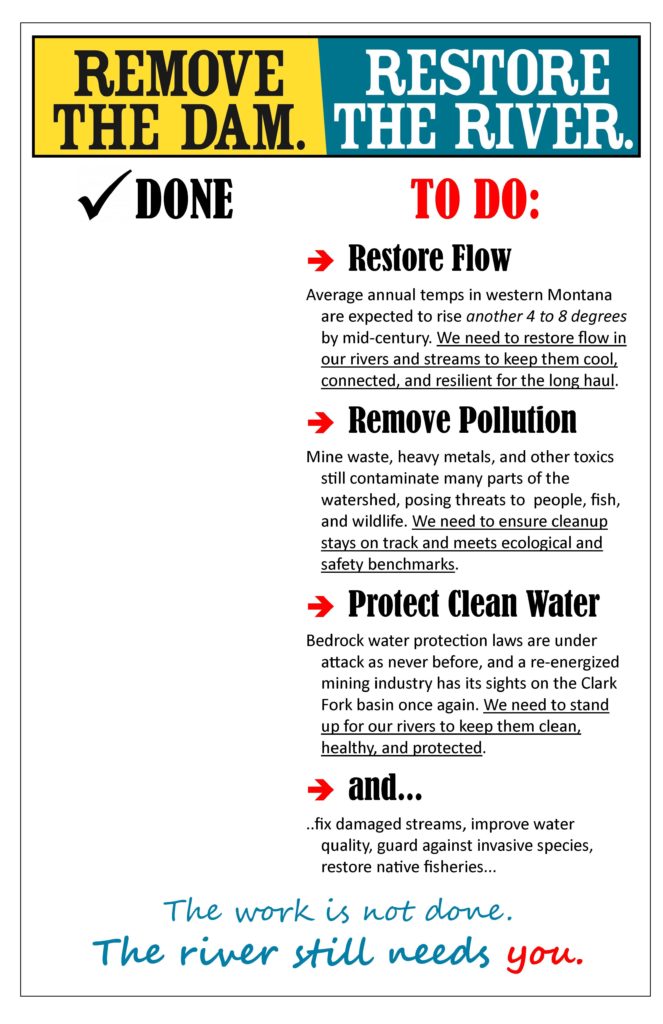 For 100 years, Milltown Dam blocked the confluence of the Clark Fork and Blackfoot rivers near Missoula, trapping toxic sediments that washed down from mines in Butte and contaminating local drinking water wells. Now, the dam is out, the mining waste is gone, fish can swim back upstream, and two mighty rivers flow free once more.
For 100 years, Milltown Dam blocked the confluence of the Clark Fork and Blackfoot rivers near Missoula, trapping toxic sediments that washed down from mines in Butte and contaminating local drinking water wells. Now, the dam is out, the mining waste is gone, fish can swim back upstream, and two mighty rivers flow free once more.
Our Strategy
 The removal of Milltown Dam at the confluence of the Clark Fork and Blackfoot rivers near Missoula is one of the West’s greatest restoration success stories. The Coalition spearheaded the decades-long, collaborative effort to list the Clark Fork River as a Superfund site, clean up a century’s worth of mine waste, remove the dam, and reunite two great rivers. Results: The former dam and reservoir area is now a restored floodplain, and the confluence of the Clark Fork and Blackfoot is open for fish to migrate and for people to enjoy.
The removal of Milltown Dam at the confluence of the Clark Fork and Blackfoot rivers near Missoula is one of the West’s greatest restoration success stories. The Coalition spearheaded the decades-long, collaborative effort to list the Clark Fork River as a Superfund site, clean up a century’s worth of mine waste, remove the dam, and reunite two great rivers. Results: The former dam and reservoir area is now a restored floodplain, and the confluence of the Clark Fork and Blackfoot is open for fish to migrate and for people to enjoy.
Our Projects

At the Coalition, we take pride our decades-long campaign to “Remove the Dam, Restore the River.” For 100 years, Milltown Dam plugged the river 8 miles upstream of Missoula. The 540-acre reservoir behind Milltown Dam contained 6.6 million cubic yards of contaminated sediment, which washed down from Butte’s copper mines during the record flood of 1908 and stacked up behind the dam. The contamination poisoned local wells with arsenic, and killed off fish and other aquatic life during subsequent flood events and ice jams.
The Coalition worked hard to ensure Milltown was listed as a Superfund site in 1986, and later catalyzed community opinion around the “far-fetched” idea of dam removal. The EPA eventually endorsed this as the best cleanup option in 2003, after receiving over 10,000 public comments from Western Montanans in support of full cleanup and dam removal.
During the multi-year remediation, restoration and redevelopment process, the Coalition served in an advisory capacity to public agencies, representing thousands of citizens invested in clean water. This project permanently removed a threat to human health, and reunited the Middle and Upper Clark Fork watersheds.
Reconnecting the river at this scale has tremendous benefits for fish, especially our native trout species that depend on cold, clean and connected waterways. The newly restored confluence also offers tremendous recreational benefits for anglers, birders, boaters, and swimmers. Milltown State Park is almost complete, and will include walking trails, fishing access, picnic shelters and much more. The Clark Fork-Blackfoot confluence is one of the only former Superfund sites in the country to become a state park.
Our Partners
Local landowners; Bonner Community Council; Clark Fork River Technical Assistance Committee; Northwestern Energy; Confederated Salish and Kootenai Tribes; Environmental Protection Agency; state of Montana; Natural Resources Damages Program; Montana Department of Environmental Quality; Montana Department of Resources and Conservation; Missoula County; Milltown Redevelopment Working Group; Montana Fish, Wildlife & Parks; University of Montana.
Learn More
- Read about the day the Milltown Dam was breached on our blog.
- Discover more about the Dam removal, economic revival in Bonner, and a historical look back in a three-part Missoulian series.
- Learn how Milltown defied the odds, and the challenges ahead, in our Missoulian op-ed.
- Check out the A Confluence of Stories: Nature & Culture at Milltown State Park story map.




